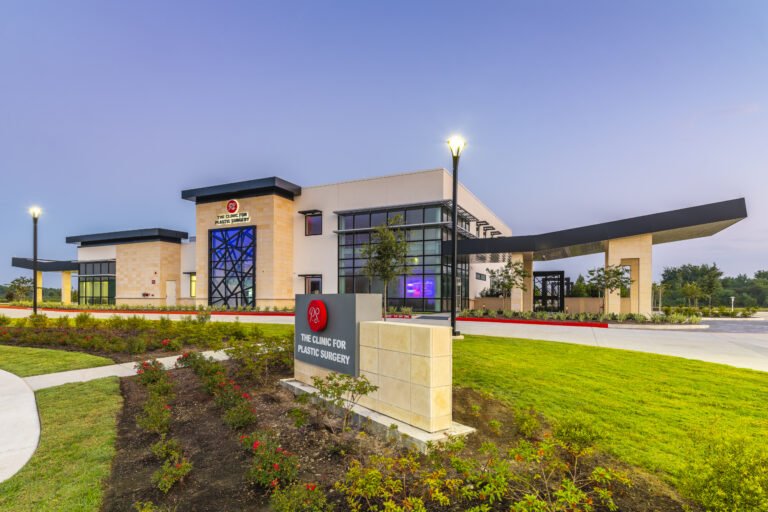Planning your facelift recovery time includes more than just healing—it also means figuring out when you’ll feel confident and comfortable enough to return to daily activities, especially work. While the deep plane facelift offers longer-lasting and more natural results than traditional facelift techniques, it also involves working on the deeper layers of tissue, which can affect your downtime after facelift.
So, how soon is too soon to go back to work? The answer depends on several factors, including your job type, your healing progress, and how public-facing you need to be.
What Affects Your Facelift Work Recovery Time?
Several key factors influence how quickly you’ll feel ready to return to work after a deep plane facelift:
- The extent of your procedure (e.g., if combined with eyelid surgery or fat grafting)
- Your body’s healing response
- Your job type: Desk job vs. physically demanding or high-visibility roles
- Personal comfort level with temporary swelling or bruising
Most patients can return to non-strenuous work sooner than they might think—with the right preparation and realistic expectations.
General Facelift Downtime Timeline
Days 1–3: Complete Rest
- Swelling and tightness are at their peak.
- You’ll need help with basic tasks and should avoid any work, even remote.
- Focus is entirely on rest, hydration, and following post-op instructions.
Days 4–7: Light Movement, Still Resting
- You may start walking around the house more.
- Facial swelling and bruising are still visible, so work (especially video calls or in-person meetings) is generally not recommended.
Week 2: Beginning to Re-Emerge
- Many patients feel significantly better.
- With light makeup or accessories like scarves or glasses, some feel comfortable returning to remote work or limited in-person contact.
- Facelift work recovery time for desk jobs typically starts here, depending on personal comfort and appearance needs.
👉 Real Patient Insight: “I went back to work on Zoom during week two. With makeup and good lighting, no one suspected a thing!”
Week 3–4: Back to Most Jobs
- Swelling and bruising have mostly subsided.
- Most patients return to in-office jobs and public-facing roles.
- Light exercise and more social activity can typically resume with surgeon clearance.
👉 Important Tip: If your job involves heavy lifting, constant motion, or long hours, you may need closer to 4–6 weeks before returning safely.
Tips to Shorten Downtime After Facelift
- Plan ahead: Schedule surgery before a long weekend or during vacation time if possible.
- Work remotely for the first 2 weeks if your job allows.
- Prepare your environment for recovery: frozen meals, button-up shirts, loose pillows, and entertainment.
- Ask your surgeon about makeup or camouflage techniques for any remaining bruises if you’re returning to public work early.
- Stay hydrated and avoid smoking, alcohol, and salty foods—all of which can prolong swelling.
When Should You Not Return to Work Yet?
If you’re still experiencing:
- Excessive swelling
- Unhealed incisions
- Fatigue or dizziness
- Visible bruising that makes you uncomfortable in social or professional settings
…it’s okay to take a few more days. Healing isn’t a race. Rushing back too soon can not only impact your results but also your confidence.
Final Word: Listen to Your Body—and Your Surgeon
On average, most patients return to desk jobs or low-activity work within 10 to 14 days, but facelift work recovery time varies from person to person. Some return sooner with adjustments, while others prefer to wait until 3–4 weeks post-op when they look and feel more like themselves.
Ultimately, the best timeline is your own—guided by how your body heals and what your job requires.



